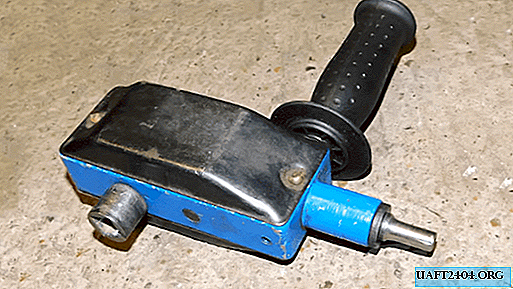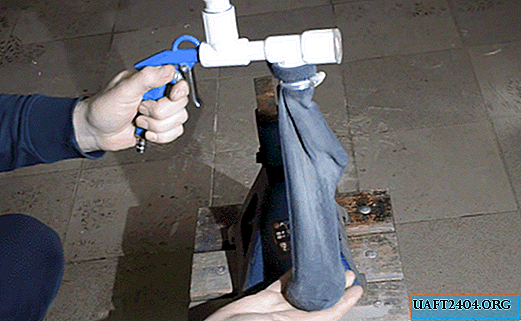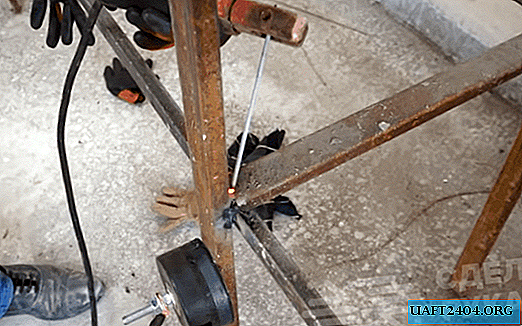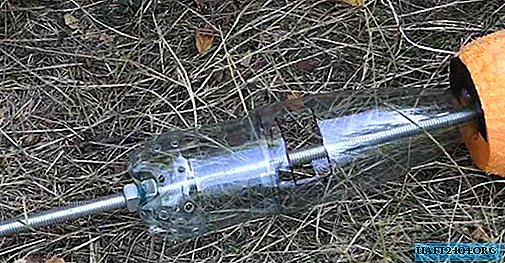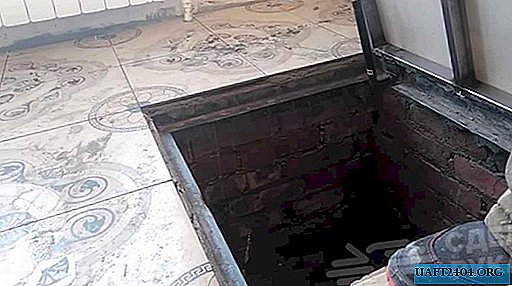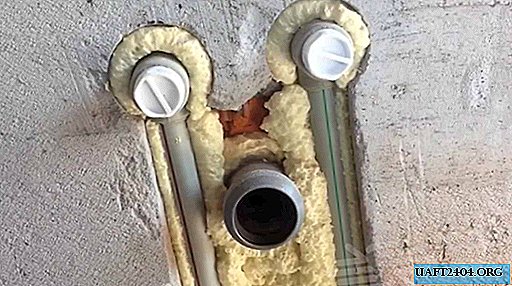Share
Pin
Tweet
Send
Share
Send
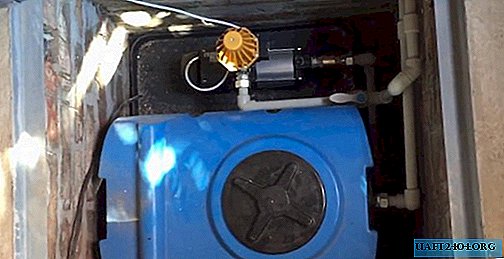
Most of us are used to using centralized water supply. It is convenient, affordable and in a standard situation does not require any additional equipment. Basically, this is really the best way of water supply, without involving serious flaws. The key to the safe use of water supply networks is an uninterrupted supply of water and its optimal pressure in the pipeline. Unfortunately, this does not always happen, especially when connecting multiple devices at the same time.
Causes of weak water pressure
Before eliminating the weak pressure of water, it is necessary to find out the causes of this phenomenon. They may be as follows:
- Accidents or leaks on the main pipeline;
- Clogged pipes that interfere with normal water circulation;
- Malfunctioning filter elements;
- House leakage of valves, taps, etc.
In centralized networks, such a reason as a deliberate decrease in the power of the pumping and distribution station prevails. For reasons of economy, one or more pumps can be switched off, and the system automatically reduces the total water pressure in the line. And this despite the fact that there are legislative norms for minimum pressure in water supply networks.
For initial control, a pressure gauge can be installed at the inlet of the pipeline - in the well or basement, which will show the pressure value in real time. It is also worth interviewing your neighbors for the same problem.
If such a phenomenon is observed only in your house wiring of water supply, you can resort to the following method.
We solve the problem of low water pressure
If the pressure in the pipeline is sorely lacking, supplement the wiring of the water supply with a pumping station. At the heart of such a unit is a powerful and moisture-proof centrifugal pump that can provide water even for vertical wiring with several consumers. This scheme is used in two and three-story houses.

The pump station is connected after the storage tank, which in turn must be equipped with a locking mechanism, for example, float. Upon reaching a certain level, the nipple mechanism shuts off the water supply with a shut-off valve. The pump station does not require any special connections. The only thing that should be foreseen is the lining by cranes at the inlet and outlet of the unit, for dismantling in case of breakage, revision or filter cleaning.
The implemented version of the system

Here is the finished system. Coarse inlet filter.

Tank with a float-locking mechanism.

Pumping station.

General form:

Fully automatic system. The pump automatically turns on when pressure drops and also turns off when it is reached.
How to choose a pumping station
The choice of pumping equipment for indoor home water distribution depends on the following factors:
- Trunk length;
- Number of plumbing fixtures and water consumption points;
- Type of trunk - horizontal or vertical;
- The number of people living in the house.

The amount of water per person per day is determined by its consumption for domestic and household needs, as well as the presence of such a communication as sewage. Since there can be no single regime of water consumption, averaged parameters are taken to determine such indicators, depending on the area of residence and the type of institution - administrative, industrial or residential (urban or suburban).
The pump used in this system:

See the video for more details.
Share
Pin
Tweet
Send
Share
Send


